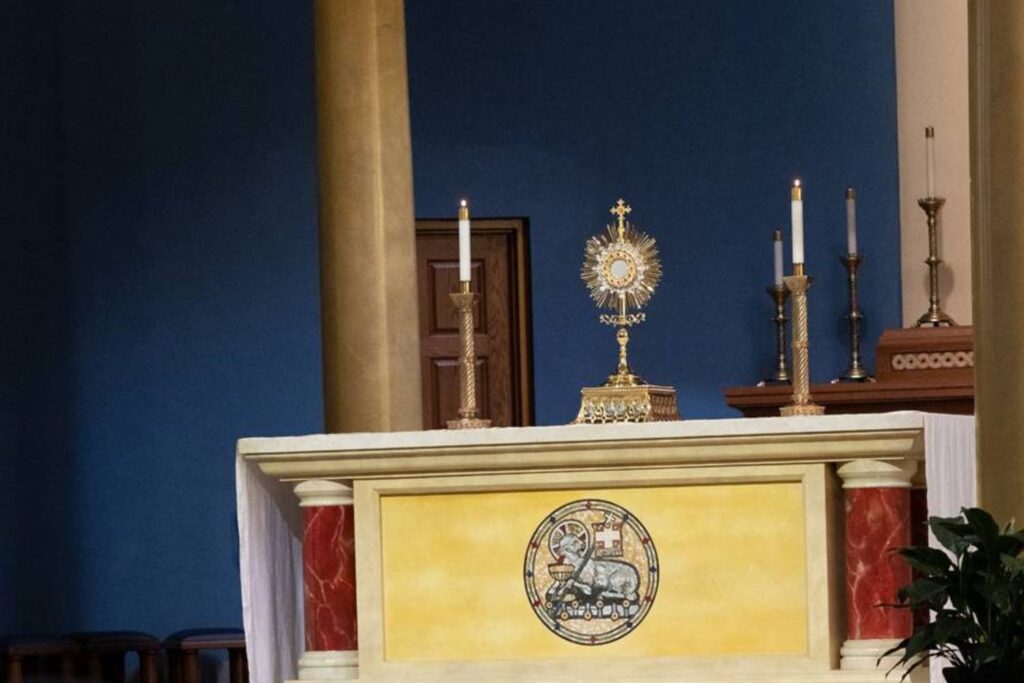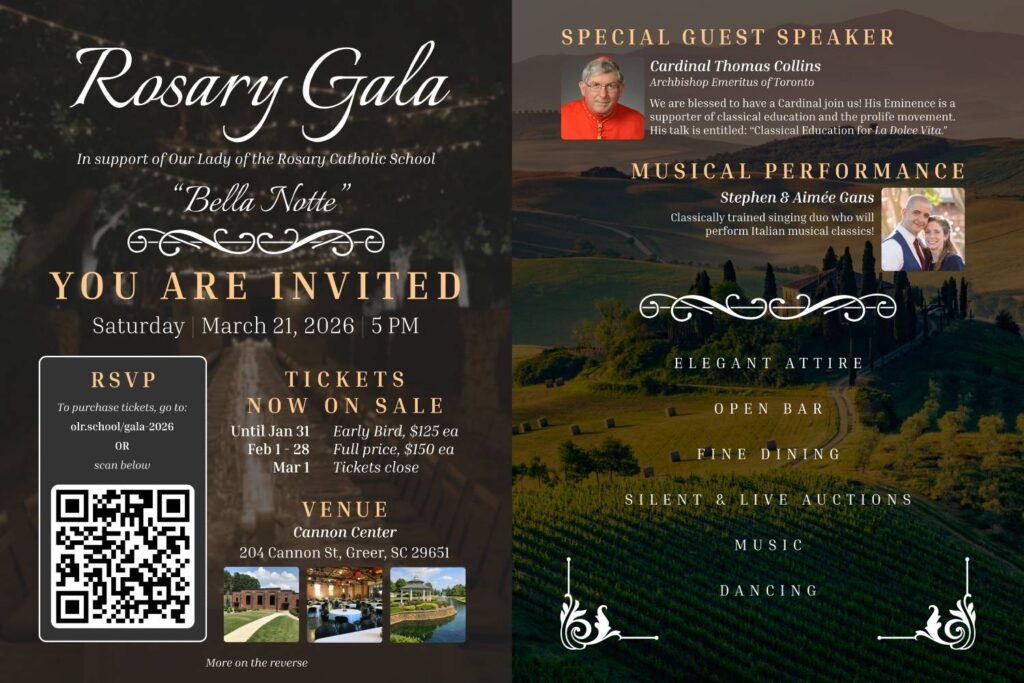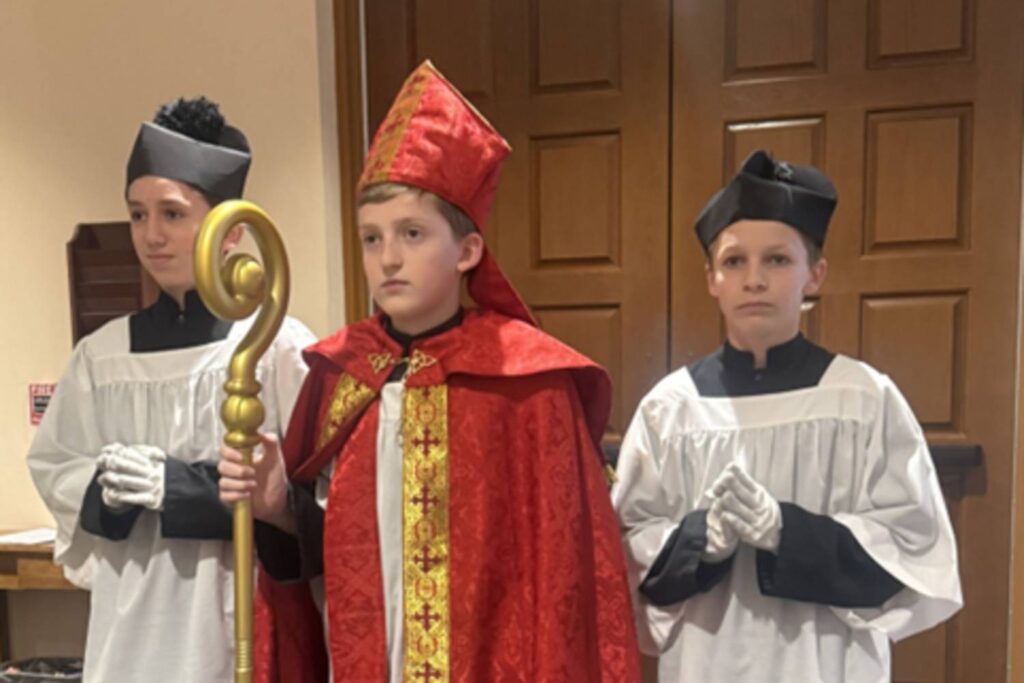Dear Brothers and Sisters,
At OLR Greenville at the 10:30 High Mass—and on Holy Days of Obligation, we use lots of incense. Why do we do that? Is it just because we happen to like “smells and bells”? We do like incense and the sanctus bell, but what’s the point? Is it just that the altar servers like playing with fire? The altar boys do enjoy wielding the thuribles and ringing the bells, but of course there is more to it than these superficialities.
The “sanctus bell” came into Catholic worship at a time when multiple Masses would have been offered in large churches at all times during the day. Ordinary folk would drop into their local church to find Masses being offered at various altars. They would stop to pray and when the priest elevated the host the servers would ring the bell to draw the people’s attention to the fact that here at this point of time and at this particular altar the Lord was present. The person would then turn toward that altar and genuflect or kneel in adoration. This custom has come down to us so that the bells ringing help to draw our attention back to what is happening at the altar.
Incense has been used in worship from time immemorial and virtually universally in world religions. The first mention of the use of incense in worship if from Egypt in the third millennium BC, and incense (or fragrant smoke in some form) is used in worship in Eastern religions, primitive and sophisticated religions down through history. In the pagan religions of the ancient Middle East incense was offered to the gods in virtually all the pagan temples. The Jews used incense in the worship of the tabernacle in the wilderness, then in the Jerusalem temple, and St. John’s vision of heaven in the Book of Revelation includes angels offering incense at the throne of God in heaven itself.
Incense is therefore a universal aspect of religious practice. It is a venerable link with the past and provides a little glimpse of the glory of heaven itself. What does it mean? The symbolism is made clear in the Old Testament when it says the prayers of the faithful are a sweet smelling fragrance in the nostrils of God. In other words, the smoke rising to heaven is a symbol of the prayers and worship ascending to God. But there is more to it than that–the physical things we use in worship are blessed–consecrated and set apart for worship. The candles, the holy water, the vestments, the sacred vessels–all are blessed and therefore are sacramentals–the special physical things that draw us closer to God through dedicated worship.
Within worship in a beautiful building the incense adds something else. It provides a “cloud of glory” The cloud of glory reminds us of the cloud that took Jesus from the sight of the apostles at his ascension. It is the cloud that appeared at his baptism from which the Lord’s voice was heard. It is the cloud covering Mount Sinai when the law was given. It was the cloudy pillar of fire that led the Hebrews through the wilderness to the promised land. Finally, it is the cloud of mystery that surrounds the sacrament and fills the holy place. The smoke of incense infuses the worship with an ethereal, mystical aura that helps the mind and heart to transcend everyday mundane realities and be open to the glory of the divine realm.
PS: Please note that we understand some people have a lower tolerance than others for incense. That’s why the two evening masses and the 8:00 Sunday morning masses are celebrated without incense.
Your Pastor,
Fr. Longenecker





